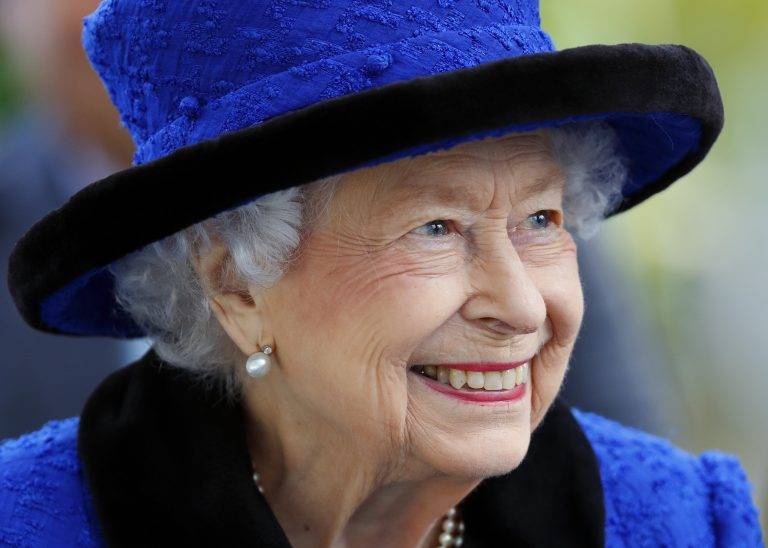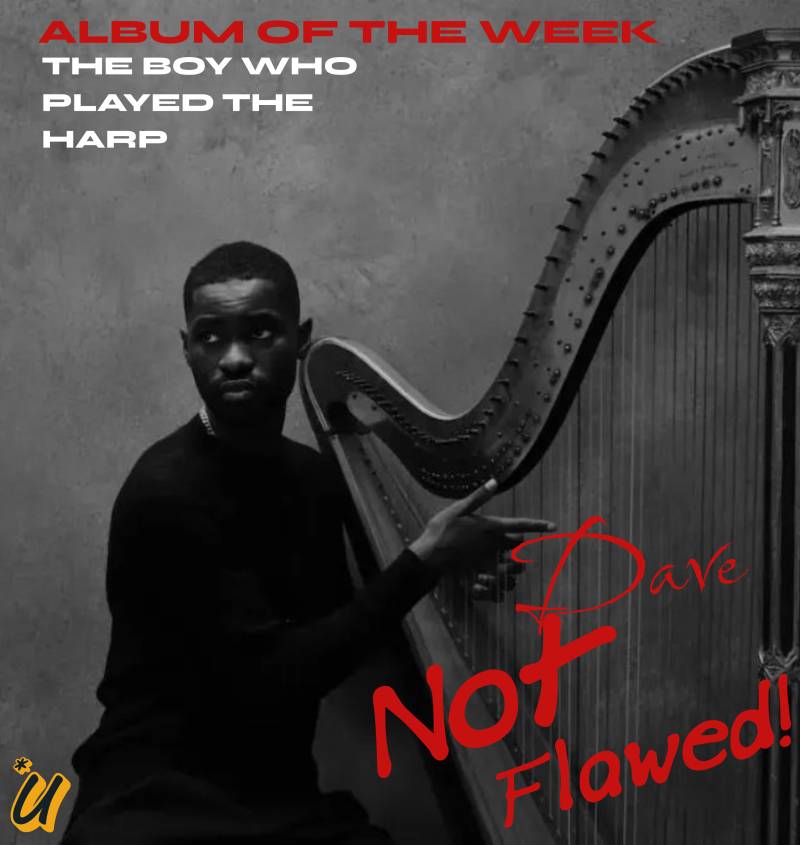As we mark the death of this truly remarkable woman, we can all surely say: ‘mission accomplished’.
Princess Elizabeth broadcast this earnest pledge – which she totally fulfilled over the next three quarters of a century – from South Africa on on her 21st birthday. Two years after the Second World War, in which she had served in the military as a motor mechanic, it was her first trip abroad and her only foreign tour with her beloved parents, King George VI and Queen Elizabeth, and sister Princess Margaret. Within a year she was married, and then on 6 February 1952, whilst she was on safari during an official visit to Kenya, the terrible news was imparted to her by Prince Philip that her ailing father had died overnight at Sandringham, aged only 56.
Instantly Elizabeth Alexandra Mary was Queen of the United Kingdom and her Realms and Territories overseas, Head of the Commonwealth and Defender of the Faith. The most famous person in the world, a woman in the highest office. Descended from or related to 61 monarchs in England going back 1,200 years.
Read Also: Turning mud into clean concrete - BBC World Service
She became the longest reigning female leader in history – the 41st and longest-serving English monarch since William the Conqueror, keeping calm and carrying on whatever the national or family crisis. When she became Queen, Stalin was still running the Soviet Union, Chairman Mao was the leader in Beijing and Churchill was Britain’s prime minister.
This astonishing reign and huge renown were unforeseeable when Elizabeth was born at her grandparents’ townhouse in Bruton Street, Mayfair, on 21 April 1926. She was third in line to the throne, and it was not until her glamorous uncle Edward VIII abdicated to marry Mrs Simpson in December 1936 that ‘Lilibet’ became heir presumptive. So, for a royal growing up in a pre-paparazzi age, much of her youth was upper-class normal; and with the outbreak of war, her teenage years were mostly out of public sight at Windsor with her sister, the two dressed in matching outfits from childhood.
Prince Philip of Greece, a great-great-grandson of Queen Victoria (and doubly related to Elizabeth through the Danish royal family), made a profound impression on her when the Royal Family visited Dartmouth Naval College in August 1939. The dashing 18-year-old cadet (in a day choreographed by his uncle Louis Mountbatten) charmed her at croquet, jumped over a tennis net, and rowed out into the harbour in the wake of the departing royal yacht.
During wartime leave from active naval service, Philip stayed at Windsor a few times and saw Lilibet and Margot act in the highly accomplished wartime castle Christmas pantomimes (staged for family, Windsor-based officers and courtiers), which the girls helped produce, make costumes for and star in. At 1943’s Aladdin, Philip went backstage and the princesses’ governess noted: ‘I have never known Lilibet more animated. There was a sparkle about her none of us had ever seen before.’
There was little opportunity for Elizabeth to socialise, so the handsome and exotic Philip had a head start; and in 1946, they became secretly engaged at Balmoral. The King asked Lilibet to hold the announcement until after the South Africa tour. In an event that lifted the gloom of postwar austerity, she and Philip were married at Westminster Abbey in November 1947, Philip having renounced his Greek title and become HRH Duke of Edinburgh.
Being able to choose her perfect partner was key to Elizabeth II’s success. He was strong at home, guiding many decisions about their children’s education, but prepared to play second fiddle to his wife in her constitutional role and an empathetic companion in the endless travel.




